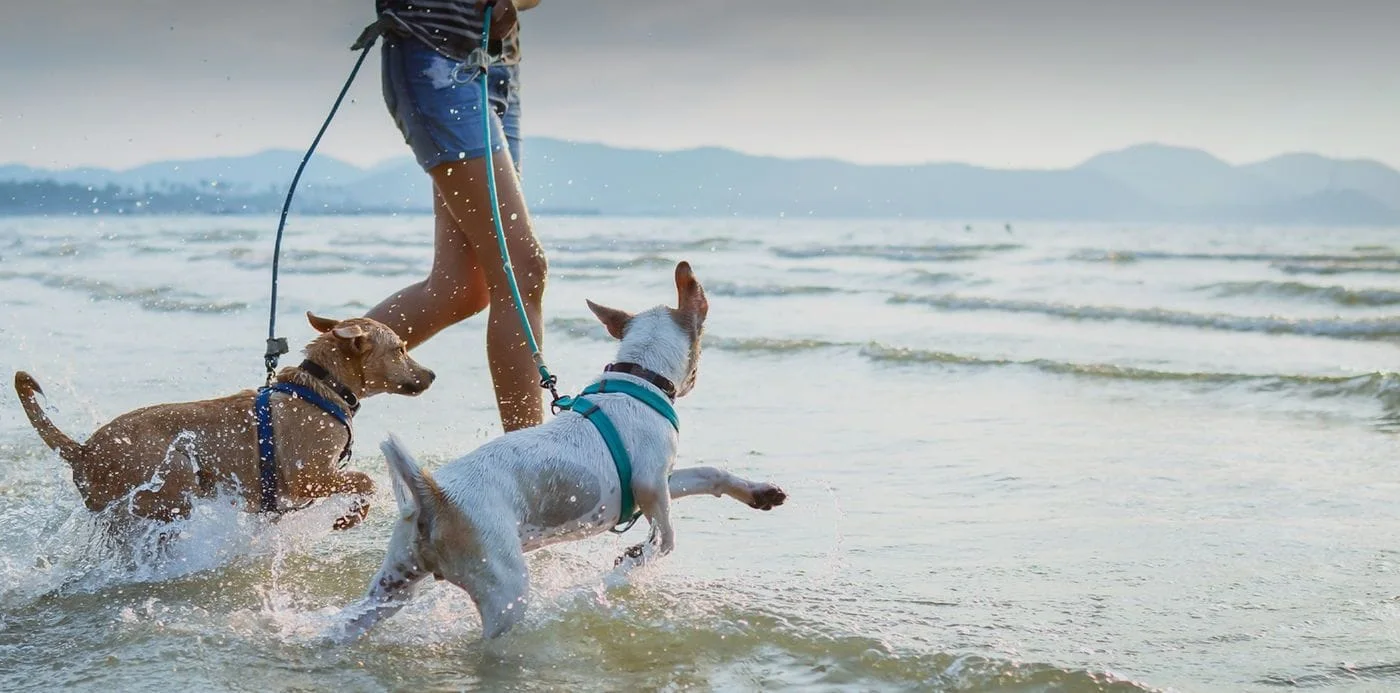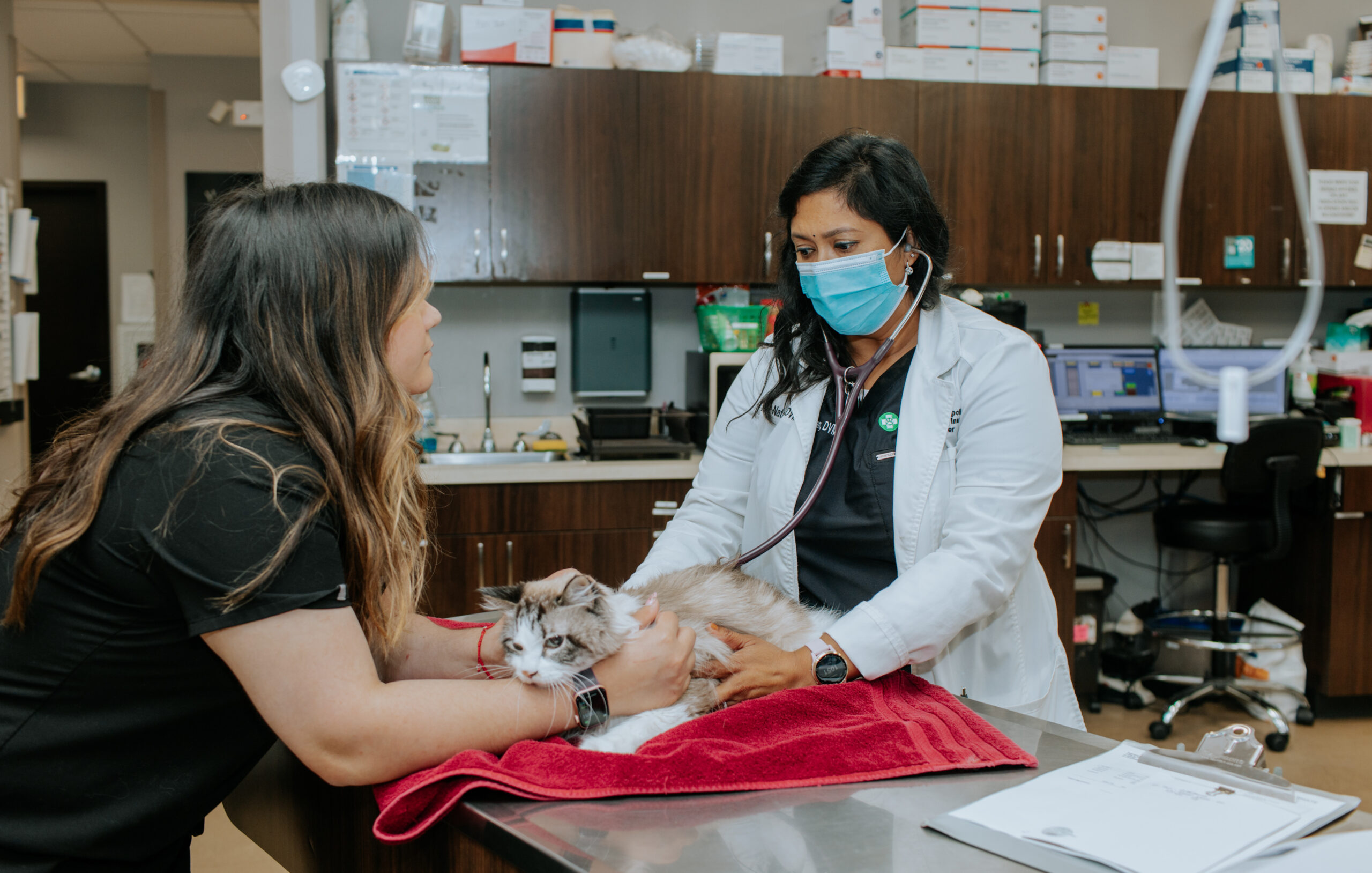How animal emergency care bellingham Provides Critical Help in Pet Health Crises
How animal emergency care bellingham Provides Critical Help in Pet Health Crises
Blog Article
Everything About Veterinarian Surgical Procedure: Recognizing the Significance of Expert Look After Your Family pets
Vet surgical treatment is an essential part of animal medical care. It encompasses various procedures, from routine optional surgeries to immediate interventions. Comprehending the complexities of these surgical treatments can help family pet proprietors make informed choices. The prep work, implementation, and recuperation phases are important for ensuring the wellness of pets. With correct understanding, owners can navigate the intricacies of vet treatment. What aspects should be considered before a family pet undergoes surgical procedure?
Sorts Of Veterinarian Surgeries
When a pet dog needs medical treatment, understanding the various kinds of veterinarian surgeries can assist family pet owners make notified decisions. Veterinary surgeries can be generally classified into three main kinds: optional, immediate, and emergency situation surgeries. Optional surgical treatments, such as spaying or neutering, are planned procedures that are not right away life-threatening. Immediate surgical treatments, like those for foreign body elimination, must be carried out quickly yet are not deadly in the minute. Emergency situation surgeries, such as those dealing with severe trauma or internal bleeding, are critical and call for immediate attention.Additionally, surgeries can vary in complexity, ranging from minimally intrusive laparoscopic procedures to more comprehensive open surgical treatments. Each kind of surgery carries its very own threats and recuperation procedures. Comprehending these classifications allows animal owners to participate in meaningful discussions with vets, leading to much better outcomes for their precious animals.
Planning for Your Animal's Surgery
Planning for a family pet's surgical treatment entails a detailed list to guarantee all essentials are covered. Effective interaction with the veterinarian is crucial for understanding the treatment and any type of required pre-operative steps - emergency vet bellingham. In addition, having clear post-operative treatment directions will certainly assist owners provide the very best assistance for their recouping pet dogs
Pre-Surgery Checklist Essentials
Assuring a smooth surgical experience for a family pet calls for mindful preparation and attention to detail. A pre-surgery list is vital for pet dog owners to comply with. Verifying the arranged surgical treatment date and time is vital. Proprietors need to also verify that their pet has actually not eaten according to the vet's directions, generally for 8-12 hours prior to surgical procedure. Gathering needed clinical records, consisting of inoculation history, is crucial for the vet's testimonial. It is additionally suggested to prepare a comfortable area in your home for the pet's healing after surgical procedure. Proprietors must have a plan for transportation to and from the veterinary clinic, making certain that the pet is protected and comfy throughout the trip. Complying with these steps can substantially enhance the medical experience.
Communicating With Your Vet

Effective communication with the veterinarian is vital for an effective medical experience for pets. Proprietors must be prepared to review their family pet's case history, including any pre-existing problems, drugs, and allergic reactions. This information assists the veterinarian assess risks and tailor the medical plan as necessary. Furthermore, pet proprietors must ask questions regarding the treatment, anesthesia, and anticipated results to guarantee they totally comprehend the procedure. Making clear any doubts can relieve anxiety for both the pet dog and the owner. It is also essential to interact any behavioral modifications or issues observed in the family pet leading up to the surgical procedure. Inevitably, clear dialogue fosters trust and collaboration, making sure that pet dogs obtain the most effective feasible treatment during their medical trip.
Post-Operative Treatment Directions
After going over the surgery with the veterinarian, pet owners should concentrate on post-operative care directions to help with a smooth recovery for their family pets. These directions generally include keeping track of the medical site for indicators of infection, such as redness or discharge. Pet dogs might require to be kept one's cool and confined to avoid too much movement that might interfere with recovery. Discomfort monitoring is crucial, so owners need to follow the vet's guidance on carrying out medications. Additionally, nutritional constraints may be advised to stay clear of intestinal upset. Normal follow-up consultations are very important to assure correct recovery and address any type of concerns. By sticking to these post-operative treatment guidelines, pet dog proprietors can greatly add to their pet's healing and general wellness.
The Surgery Explained
The surgical procedure for pets incorporates critical steps that ensure their security and healing. Pre-surgery prep work are essential for minimizing dangers, while post-operative treatment guidelines play a vital function in advertising healing. Understanding these elements helps family pet owners browse the surgical experience better.
Pre-Surgery Preparations
Prior to an animal goes through surgical procedure, a number of vital prep work must take place to guarantee a risk-free and effective treatment. A comprehensive vet assessment is crucial to analyze the animal's general health and identify any potential dangers. This might consist of blood examinations, imaging, or other diagnostics. The vet will certainly additionally talk about anesthetic options tailored to the animal's particular requirements. In addition, pet dog proprietors are usually instructed to keep food and water for a defined time prior to surgery to minimize the threat of problems during anesthesia. It is very important for proprietors to offer a complete clinical background, including any type of medicines or allergies, making certain the surgical group has all necessary details. Correct interaction and adherence to pre-surgery guidelines can greatly boost additional resources the result of the treatment.
Post-Operative Treatment Standards
Appropriate post-operative treatment is crucial for guaranteeing an animal's recovery adhering to surgery. After the procedure, family pets ought to be checked carefully for any kind of signs of difficulties, such as excessive blood loss, swelling, or uncommon habits. It is very important to comply with the vet's instructions pertaining to drugs, consisting of discomfort reducers and antibiotics. Animals ought to be kept in a quiet, comfy setting to minimize tension and advertise healing. Limiting task is essential; short, leashed walks may be essential, however jumping or running should be prevented. Routine follow-up consultations ought to be scheduled to assess the healing process. In addition, the medical website needs to be kept tidy and completely dry, with any kind of signs of infection reported to a veterinarian without delay. Abiding by these guidelines boosts recuperation outcomes.
Anesthesia and Pain Administration
Effective anesthetic and discomfort monitoring are important elements of vet surgical procedure, making certain that family pets remain comfy and risk-free throughout the treatment. Vets analyze each pet dog's specific requirements, considering factors such as age, weight, health and wellness status, and the kind of surgical procedure being performed.Anesthesia methods commonly include a mix of pre-anesthetic medicines, induction agents, and inhalant anesthetics, enabling for exact control over the animal's degree of awareness. Tracking during surgical treatment is critical; vets constantly observe essential signs to address any kind of potential issues promptly.Pain administration strategies may entail opioids, non-steroidal anti-inflammatory medications (NSAIDs), and regional anesthetics, tailored to the pet dog's details scenario. This diverse approach helps decrease discomfort and promotes a smoother surgical experience. By prioritizing effective anesthesia and discomfort management, veterinary specialists enhance the overall welfare of family pets going through operations, ensuring they get the highest possible standard of care.
Post-Operative Care and Recovery
Following surgical treatment, the focus moves to post-operative treatment and recuperation, which is vital for guaranteeing an animal's safe go back to regular activities. During this duration, pets call for a quiet, comfy environment to help recovery. Proprietors should very closely monitor their family pets for any kind of signs of discomfort or uncommon behavior.Veterinary standards commonly include certain guidelines associated to medicine management, wound care, and dietary changes. It is vital to stick to these suggestions to minimize problems and promote healing. Pet dogs might need to be restricted from strenuous tasks, such as running or jumping, throughout their recovery period (tplo surgery for dogs).Regular follow-up visits with the veterinarian allow for tracking of the animal's progression and timely changes to the treatment plan. Giving emotional support and companionship can also enhance a pet's recovery experience, helping to relieve tension and anxiousness. On the whole, diligent post-operative treatment plays a significant role in attaining an effective recovery
Identifying Issues After Surgery
Exactly how can pet dog owners recognize complications after surgical treatment? Understanding of particular signs is important for making sure the well-being of family pets throughout healing. Common indicators consist of extreme swelling, redness, or discharge at the medical site, which may represent infection. Additionally, persistent discomfort, indicated by whining or unwillingness to relocate, need to motivate instant attention. Modifications in hunger or water consumption can also suggest complications; a decrease in these behaviors might signify discomfort or distress.Moreover, family pet proprietors ought to check their animals for any type of uncommon behavior, such as sleepiness or difficulty breathing, as these can be indications of significant problems. Throwing up or looseness of the bowels adhering to surgical treatment might require urgent veterinary examination. Identifying these complications early can considerably influence an animal's healing procedure, stressing the importance of alertness and timely interaction with a vet for any click resources kind of concerning symptoms.
The Function of Vet Experts in Surgical Care
Veterinary specialists play a vital function in guaranteeing the safety and success of surgical procedures for pet dogs, particularly adhering to surgery when keeping track of and care are extremely important. These specialists consist of veterinarians, vet service technicians, More hints and assistance personnel, every one of whom add specialized skills to the surgical process.Before surgical procedure, veterinarians carry out comprehensive examinations to assess the family pet's wellness, guaranteeing that any underlying conditions are managed. During the treatment, the medical group provides anesthetic, keeps sterilized atmospheres, and keeps track of essential indications, all important for decreasing risks.Post-operative treatment is equally significant; veterinary specialists observe for complications, manage pain, and guide proprietors on recuperation techniques. Their experience allows them to acknowledge early signs of distress or infection, ensuring prompt treatment. Eventually, the joint efforts of vet experts in surgical treatment foster a secure atmosphere, advertising the well-being of family pets throughout the medical journey.

Frequently Asked Concerns
Exactly how Do I Choose the Right Vet Specialist for My Pet dog?
Choosing the appropriate vet surgeon entails researching credentials, checking out testimonials, and evaluating the center's setting. It is necessary to review the specialist's experience with particular treatments and their communication style when making a choice.
What Are Typical Misconceptions Concerning Vet Surgeries?
Common misconceptions concerning vet surgical procedures consist of ideas that they are always dangerous, unnecessary, or for emergencies. Lots of pet proprietors undervalue the advantages of preventive treatments and the skill associated with veterinary surgical care.
How Much Will My Animal's Surgical treatment Expense?
The cost of a pet's surgical treatment can vary considerably based on variables such as the sort of treatment, the veterinarian's experience, and geographic place (tplo surgery for dogs). Generally, expenses range from a few hundred to several thousand dollars

Can My Family Pet Eat Before Surgery?
Before surgery, it is generally suggested that pets abstain from eating for a specific duration. This fasting helps reduce the threat of difficulties during anesthetic. Owners need to consult their vet for accurate directions customized to their family pet's requirements.
Suppose My Pet Has Pre-Existing Wellness Issues?
When a family pet has pre-existing health and wellness conditions, it's essential for the vet to analyze these variables prior to surgery. This examination guarantees ideal preventative measures are taken, reducing dangers and optimizing the pet dog's total security during the procedure.
Report this page